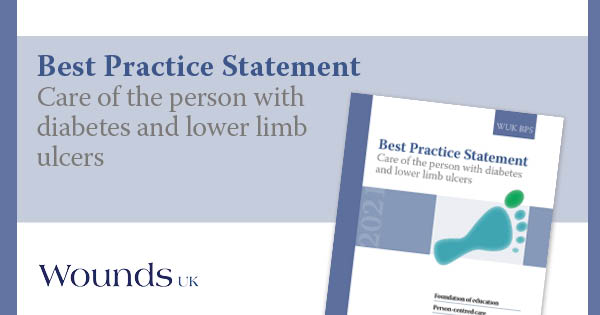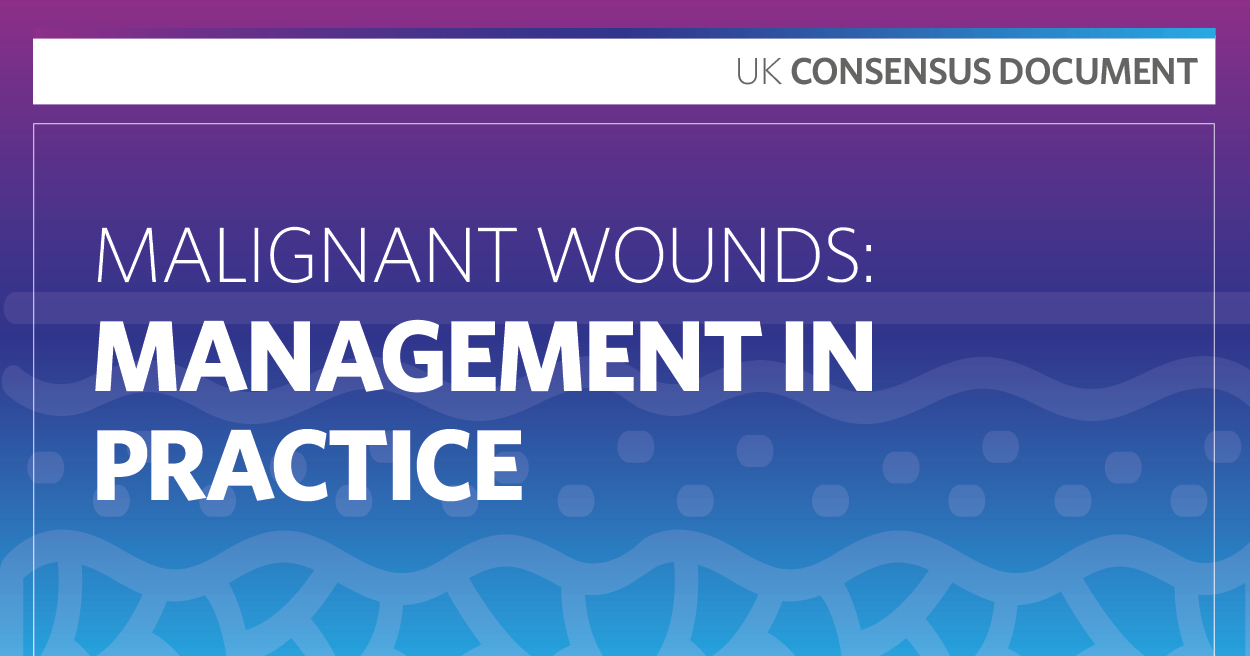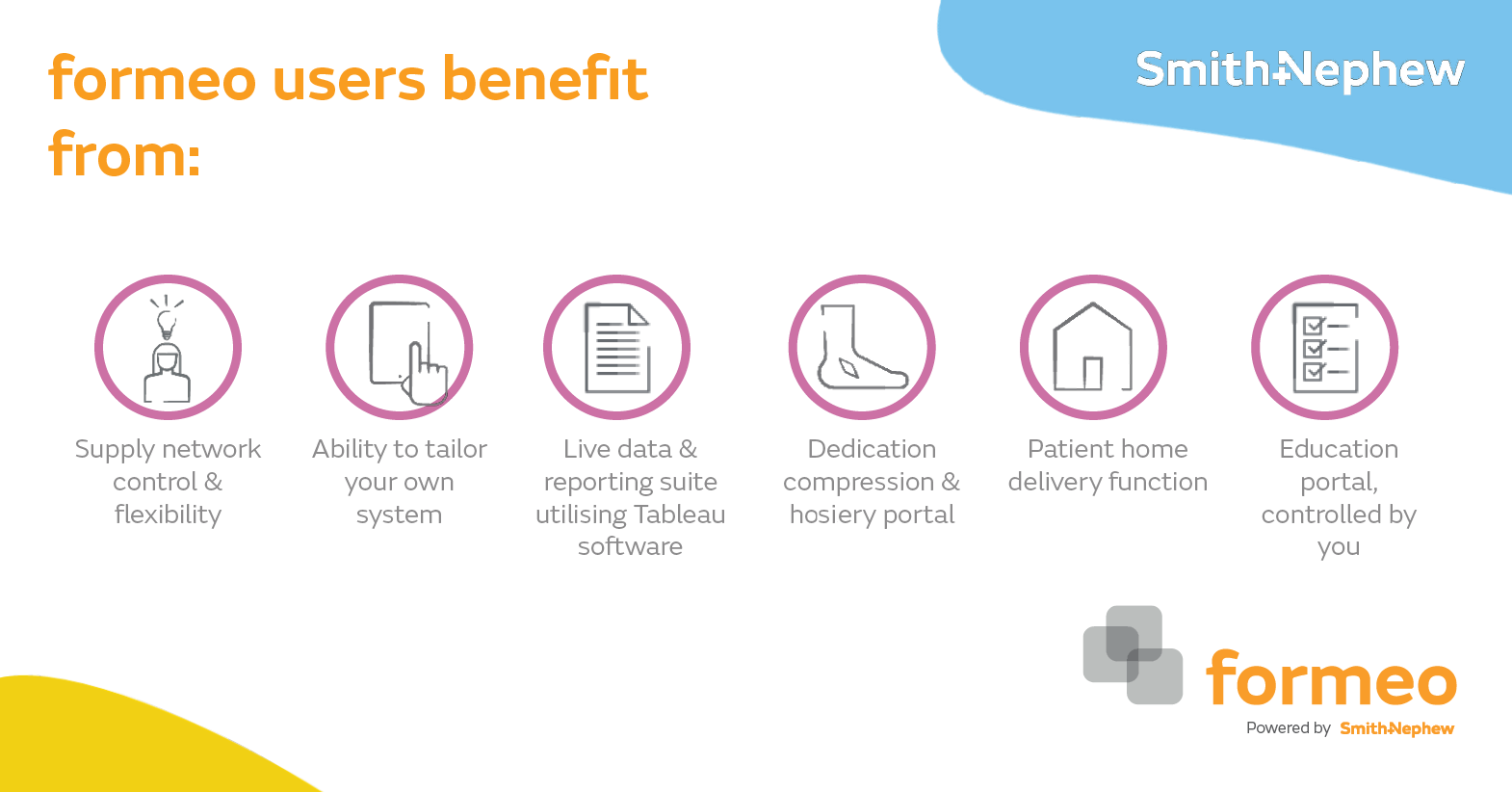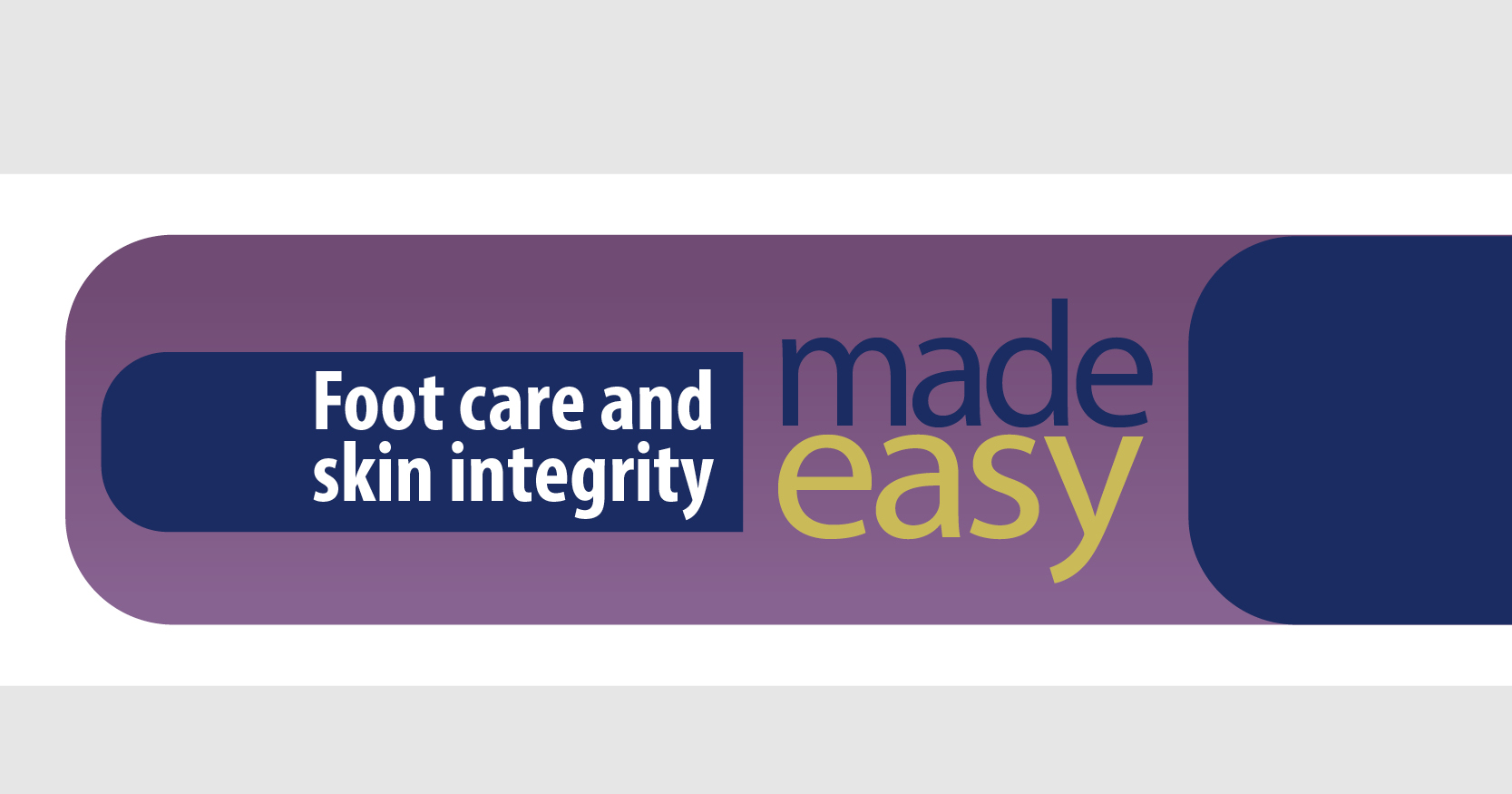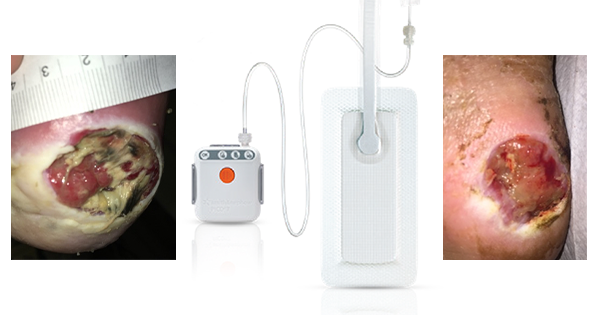The growing burden of diabetes and its complications has led to a national diabetes strategy with the aim to commission equitable and accessible services for lower limb ulceration (NHS England, 2020). The aim is to reduce unwarranted variation of care, increase the use of evidence-based care and discourage the over-use of therapies for which there is insufficient evidence, thereby resulting in higher healing rates (Gray et al, 2018; The National Wound Care Strategy Programme [NWCSP], 2020).
While the COVID-19 pandemic has shifted priorities of the workforce and reduced access to services, for some, it has accelerated initiatives towards greater patient- and carer-supported self-management (NHS England and NHS Improvement, 2020). The NWCSP (2020) also seeks to support greater shared care with patients and their carers as an opportunity to improve quality in care, healing rates and patient quality of life.
An Expert Working Group encompassing a diverse range of specialities met online to discuss the care of people living with diabetes and lower limb ulceration. This Best Practice Statement document reflects on the Best practice recommendations for the implementation of a DFU treatment pathway (Allam et al, 2018) and addresses the challenges that clinicians continue to face when attempting to implement consistent care. The Expert Working Group also updated the treatment pathway from Allam et al (2018) to continue to make it relevant for today’s challenges and to ensure it can be used by all health professionals involved with the care of people with a lower limb ulcer and living with diabetes (page 16).
This new document is for all health professionals that care for people with diabetes with or at risk of ulceration to facilitate early detection and referral to a specialist or specialist team. The treatment pathway particularly encourages all clinical and support staff to work collaboratively to deliver consistent care to patients and reduce variation across geographies.
Graham Bowen, Chair

